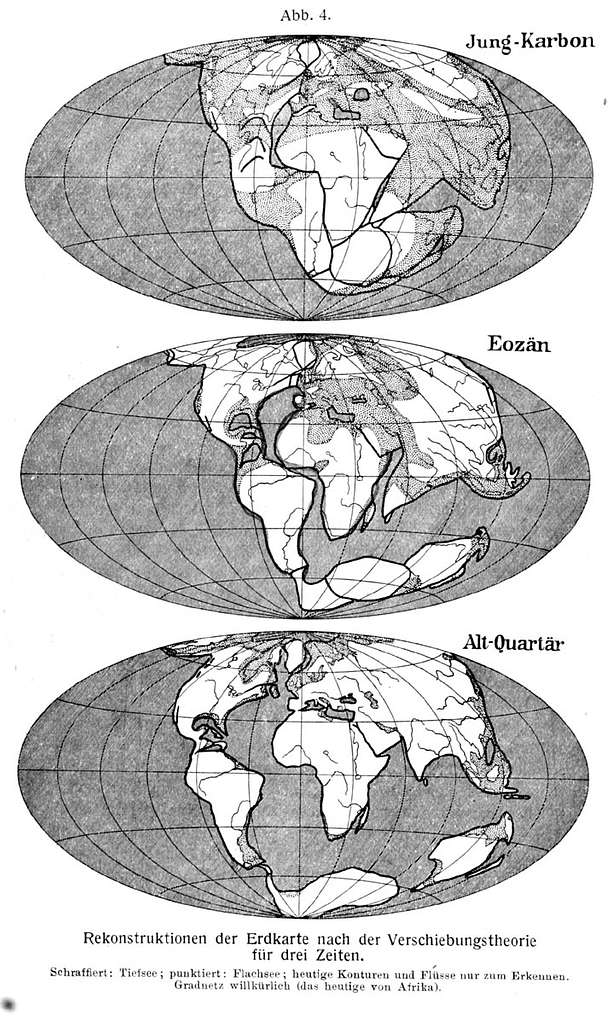How do magnetic fields work?
Creativity in education is essential as it fosters critical thinking, innovation, and problem-solving skills in students, enabling them to adapt and thrive in an ever-changing world. Here's a breakdown of its importance: 1. Enhances Problem-Solving Skills Creativity encourages students to think outsRead more
Creativity in education is essential as it fosters critical thinking, innovation, and problem-solving skills in students, enabling them to adapt and thrive in an ever-changing world. Here’s a breakdown of its importance:
1. Enhances Problem-Solving Skills
- Creativity encourages students to think outside the box and explore multiple solutions to problems, preparing them for real-life challenges.
2. Promotes Innovation
- Creative thinking nurtures originality and innovation, skills highly valued in modern industries and entrepreneurial endeavors.
3. Boosts Engagement and Motivation
- Creative approaches to learning make education more engaging, helping students remain curious and motivated to explore new ideas.
4. Develops Emotional Intelligence
- Activities like art, music, and storytelling allow students to express their emotions and develop empathy, improving interpersonal skills.
5. Builds Confidence
- When students create and share their ideas, they gain confidence in their abilities, fostering a positive attitude toward learning.
6. Encourages Collaboration
- Group projects and creative tasks often require teamwork, teaching students to collaborate effectively and value diverse perspectives.
7. Prepares for the Future
- In a world dominated by automation, creativity is a uniquely human skill that will remain in demand across various fields.
8. Improves Academic Performance
- Studies show that integrating creativity into subjects like math and science enhances understanding and retention of complex concepts.
Practical Ways to Incorporate Creativity in Education:
- Project-Based Learning: Allow students to explore topics through hands-on projects.
- Arts Integration: Incorporate visual arts, music, and drama into the curriculum.
- Encourage Open-Ended Questions: Promote curiosity by avoiding rigid, one-answer solutions.
- Support Exploration: Create a safe environment for students to experiment and learn from failure.
By prioritizing creativity, education can equip students with the skills needed to navigate and contribute meaningfully to an increasingly dynamic world.
See less








Magnetic fields are invisible areas around a magnetic object or moving electric charge where magnetic forces are exerted. These fields are created by moving electric charges or by certain materials that possess magnetic properties, such as iron, nickel, and cobalt. Key Concepts of Magnetic Fields MaRead more
Magnetic fields are invisible areas around a magnetic object or moving electric charge where magnetic forces are exerted. These fields are created by moving electric charges or by certain materials that possess magnetic properties, such as iron, nickel, and cobalt.
Key Concepts of Magnetic Fields
Magnetic fields are fundamental to many technologies, from electric motors and generators to MRI machines and data storage devices. They play a crucial role in both natural and technological processes.
See less